The New Arthritis
Breakthrough
Also by Henry Scammell
SCLERODERMA:
The Proven Therapy That Can Save Your Life
The New Arthritis
Breakthrough
Henry Scammell

Copyright 1993, 1998 by Henry Scammell, except Part II:
The Road Back, copyright 1988 by Thomas McPherson
Brown, M.D., and Henry Scammell.
First Rowman & Littlefield edition 2006
All rights reserved. No part of this book may be reproduced in any form or by any electronic or mechanical means, including information storage and retrieval systems, without written permission from the publisher, except by a reviewer who may quote passages in a review.
Published by M. Evans
An imprint of The Rowman & Littlefield Publishing Group, Inc.
4501 Forbes Boulevard, Suite 200, Lanham, Maryland 20706
Estover Road
Plymouth PL6 7PY
United Kingdom
Distributed by NATIONAL BOOK NETWORK
LCCN: 97-061592
ISBN-13: 978-0-87131-843-5
ISBN-10: 0-87131-843-1
 The paper used in this publication meets the minimum requirements of American National Standard for Information SciencesPermanence of Paper for Printed Library Materials, ANSI/NISO Z39.48-1992.
The paper used in this publication meets the minimum requirements of American National Standard for Information SciencesPermanence of Paper for Printed Library Materials, ANSI/NISO Z39.48-1992.
In loving memory of
Thomas McPherson Brown,
Physician
19061989
ASK YOUR DOCTOR
This book does not substitute for the medical advice and supervision of your personal physician. No medical therapy should be undertaken except under the direction of a physician.
If it has been medically determined that you are suffering from a form of inflammatory arthritis, lupus, or scleroderma, your physician should have the opportunity to read this book, to learn about the infectious etiology of the disease and its treatment with the safe, clinically tested, and proven therapy that it describes.
Contents
Lets Start with the Proof
During the past several years, hundreds of newspaper and television reports on the successful use of antibiotic therapy for arthritis have repeatedly raised public expectation of a major shift in direction for the treatment of mankinds most widespread crippling disease. Until very recently, however, those expectations were routinely disappointed in the doctors office where they were usually dismissed as premature, inconclusive, or, not infrequently, as quackery.
THE DISEASE CAN BE SUPPRESSED...
There are now signs that the old pattern of hope and denial is about to end. In mid-November of 1997, unprecedented levels of improvement and remission for arthritis patients treated with a safe, inexpensive antibiotic therapy were verified in a presentation to the American College of Rheumatology. At the ACR Annual Scientific Meeting in Washington, D.C., a Nebraska researcher named James ODell, M.D., described to some 4,000 physicians the results of a three-year follow-up study on a small group of patients who had responded positively to such therapy in the initial stages of their illness. If rheumatoid arthritis is treated early and aggressively, his report concluded, the disease can be suppressed, and patients will benefit.... [The antibiotic] minocycline may act on an infectious process or trigger... that is helping cause or perpetuate rheumatoid arthritis.

Lori Fillenwarth, Indianapolis, Ind., had RA for twenty-two years before learning of antibiotic therapy in 1995.
Up to then Id been given all the usual toxic drugs. The gold injections caused oozing sores in my mouth and lips and a growth on my tongue; the methotrexate damaged my liver; the nitrogen mustard put me into menopause at age 27. Who knows what the cortisone, indocin, plaquenil, Imuran, azulfadine, clinoril, etc. did to me.
Despite the drugs, I steadily went downhill. Nausea kept my weight below 100 pounds. I had replacements of both shoulders, a hip and an elbow, couldnt wear regular shoes and felt pain in every joint. I used a three-wheel cart to get around my office and a wheelchair elsewhere. My husband carried me on the stairs and to the sofa or car, and often he had to bathe and dress me. My hands were claws that wouldnt close and I needed narcotics or muscle relaxers to sleep.
Then the miracle happened. I have been praying and taking minocycline since April 1995, reducing the oral cortisone and giving up all other medications. For the first time in twenty years I have no swelling in any joints and am not anemic. I no longer use the wheelchair and Im no longer exhausted. I can cook, shop, clean house, rake leaves, climb stairs, and take walks with ease and without pain. I sleep well, eat like a horse, have gained five pounds, and am regaining some muscle tone. My doctor is amazed. Joe and I are overjoyed. Its like beginning a new, second life.
ODell had the numbers to prove it, and in short order this newest chapter in the story of a major arthritis breakthrough was sweeping the country.
But would it be believed? And would patients with inflammatory arthritis now be able to receive this therapy?
While Dr. ODells announcement appeared to offer the best possible news to arthritis sufferers, it created serious political problems for the ACR, where for decades the infectious theory and antibiotic therapy had been dismissed as heresy. Predictably, before this newest study was released to the public, the association issued a statement minimizing the positive results of earlier studies and reiterating their view of RA as an autoimmune disease.
This time, however, attempts to contain the damage by tailoring the facts appeared to be of little or no avail. After decades of suppression, the results could no longer be denied and the focus of the media was on a possible infectious cause. An Associated Press wire story reported that the ODell study provided enough proof of minocyclines benefits that the drug, already in use throughout the world as a safe, effective treatment for teenage acne, soon could be widely prescribed for rheumatoid arthritis.
Even before announcement of his results, Dr. ODell found himself treading cautiously across a minefield of medical politics that is littered with the reputations of previous advocates of minocycline therapy and the infectious theory. Most notable among his predecessors was the late Dr. Thomas McPherson Brown, former dean of medicine at George Washington University Medical School and director of the Arthritis Institute of the National Hospital. Dr. Brown treated some 10,000 arthritic patients with antibiotics in his fifty-year career, but despite his high success rate with the therapy, he was routinely denied access to research funds and frequently was denounced as a quack. ODells research now vindicated that therapy, but stopped short of a guarantee that it would gain immediate widespread acceptance. (Browns landmark book on his lifetime of research, The Road Back, is included in this volume.)
Dr. ODell acknowledged to a news conference at the ACR that his study included a small number of people, and he offered the familiar disclaimer that more research is necessary. But if there was any risk that his audience might miss the point of his spectacular results, he immediately added, However, the dramatic responses seen in our patients are important.
Although ODells study was the principal seismic event at that years ACR meeting, it wasnt the only one, and rheumatoid arthritis wasnt the only form of the disease in the new antibiotic spotlight. Another rheumatologist, Kenneth Brandt, M.D., also reported that an enzyme-inhibiting property of minocyclines sister, doxycycline, has been proven beneficial in treating osteoarthritis.
Next page

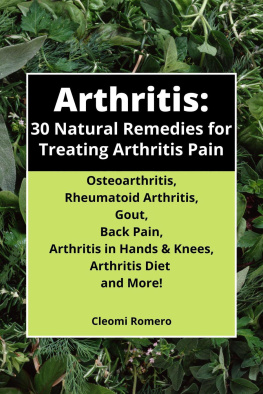
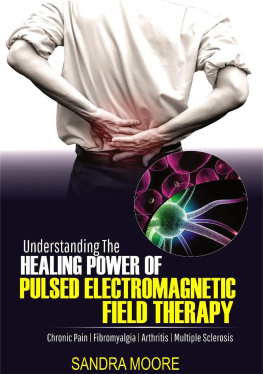
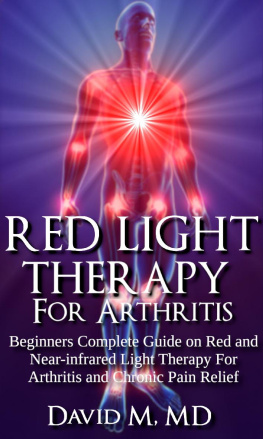
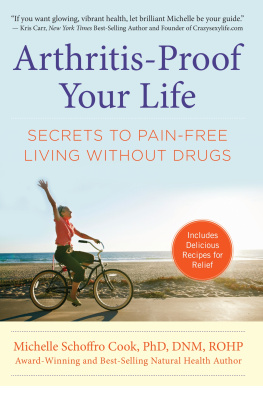
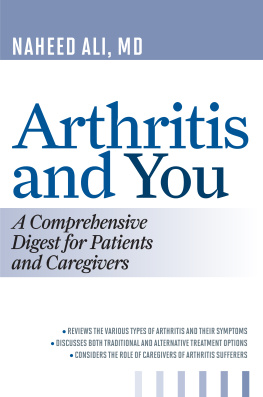
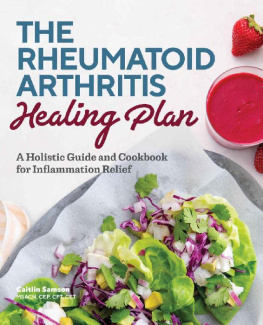
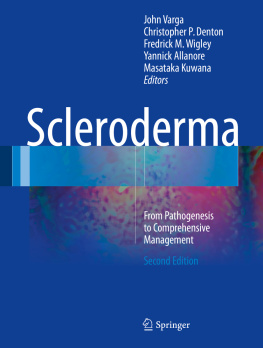

 The paper used in this publication meets the minimum requirements of American National Standard for Information SciencesPermanence of Paper for Printed Library Materials, ANSI/NISO Z39.48-1992.
The paper used in this publication meets the minimum requirements of American National Standard for Information SciencesPermanence of Paper for Printed Library Materials, ANSI/NISO Z39.48-1992.